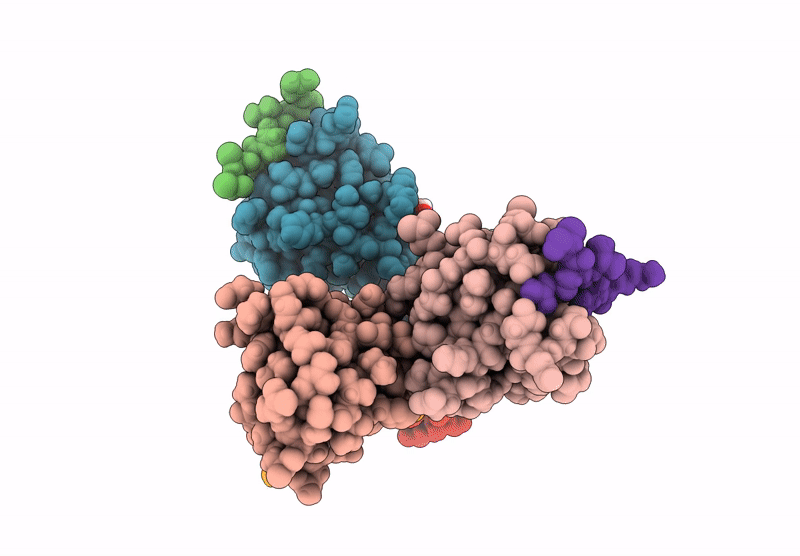
Deposition Date
2024-05-04
Release Date
2025-03-12
Last Version Date
2025-09-24
Entry Detail
PDB ID:
8ZE8
Keywords:
Title:
Arf-GTPase activating protein Asap1 SH3 domain in complex with 440 Kd Ankyrin-B fragment
Biological Source:
Source Organism:
Mus musculus (Taxon ID: 10090)
Homo sapiens (Taxon ID: 9606)
Homo sapiens (Taxon ID: 9606)
Host Organism:
Method Details:
Experimental Method:
Resolution:
2.07 Å
R-Value Free:
0.22
R-Value Work:
0.18
R-Value Observed:
0.18
Space Group:
P 1


